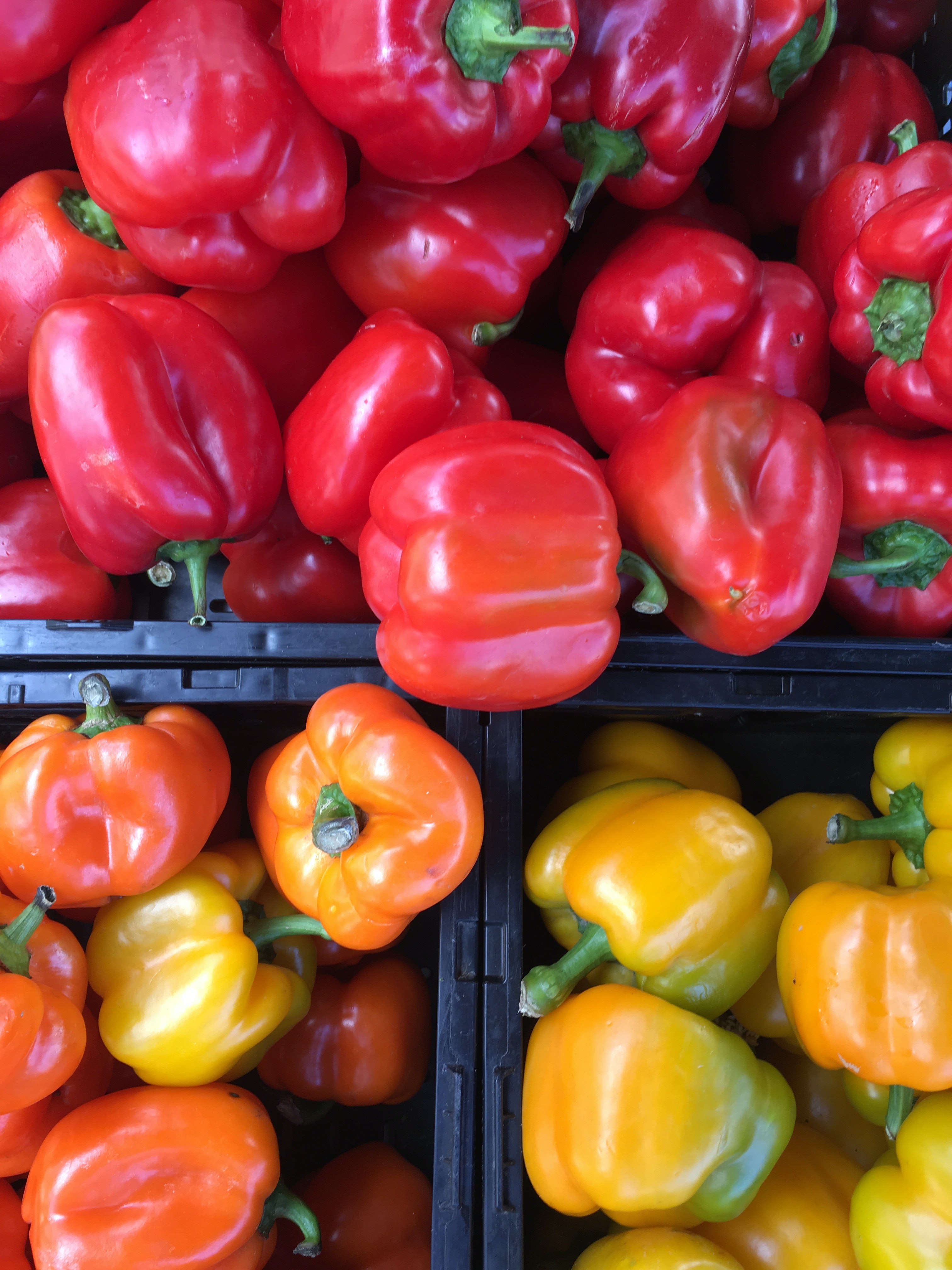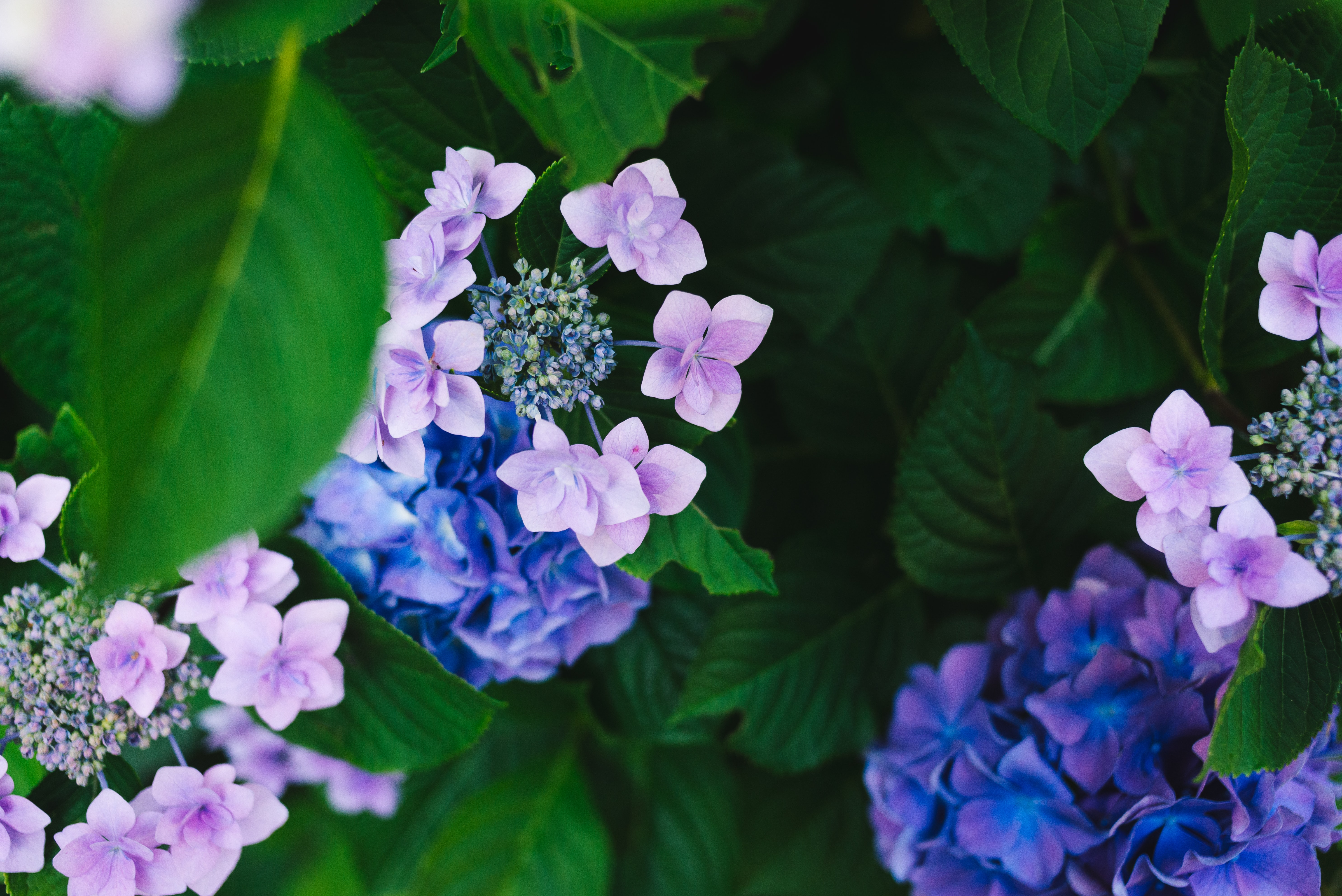Day 5 Color Theory - II
Color Temperature
Warm colors

Photo by Andrew Scarborough on Unsplash
-
Warm colors include red, orange, and yellow, and variations of those three colors.
-
Warm colors seem closer to the viewer
Cool colors

Photo by Masaaki Komori on Unsplash
-
Cool colors include green, blue, and purple, and variations of those three colors.
-
Cool colors seem farther from the viewer.
Neutral colors

Photo by Dan Ritson on Unsplash
-
Neutral colors include black, white, gray, tans, and browns
-
Their meanings and impressions depend upon the colors around them.
Color Models
Subtractive model
- CMYK - Cyan, Magenta, Yellow
- colors are created through absorbing wavelengths of visible light
- Used for print media
Additive model
- RGB - Red, Green, Blue
- colors are created through light waves that are added together in particular combinations
- Used for digital and web media
Terminology
Hue
- denotes an object’s color
Shade
- when you add black to a particular hue
- For example, dark blue
Tint
- when you add white to a particular hue
- For example, light blue
Tone
- when you add gray (both black and white) to a particular hue
- For example, pastel blue
Saturation
- how hue appears under particular lighting conditions
Chroma
- purity of a color
- brightness of a color in comparison to white
References
- https://www.adobe.com/in/creativecloud/design/discover/secondary-colors.html
- https://www.usability.gov/how-to-and-tools/methods/color-basics.html
- https://blog.tubikstudio.com/color-theory-brief-guide-for-designers/
- https://www.smashingmagazine.com/2010/01/color-theory-for-designers-part-1-the-meaning-of-color/
- https://www.smashingmagazine.com/2010/02/color-theory-for-designers-part-2-understanding-concepts-and-terminology/
- https://blog.hubspot.com/marketing/color-palette-famous-websites